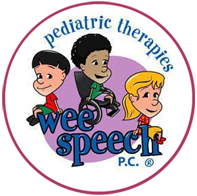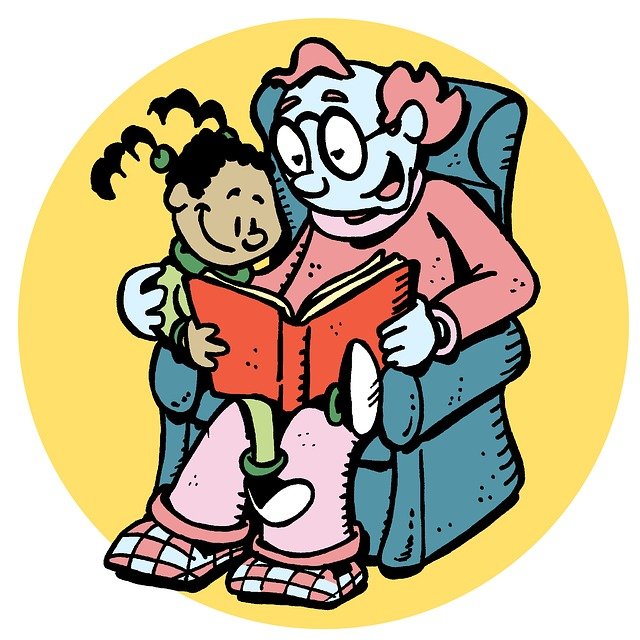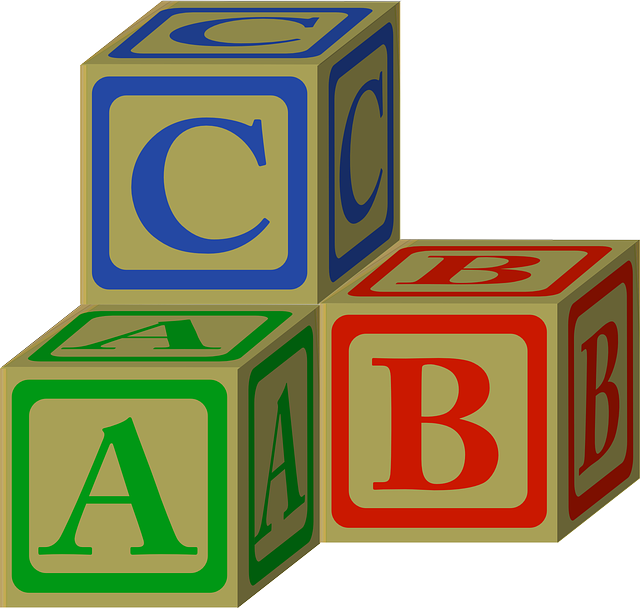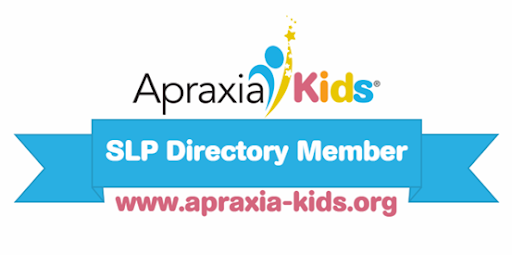
Impact of COVID-19 on Illinois’ Early Intervention Services
According to an article published in the ASHA Wire, the nature of the COVID-19 pandemic, along with the large shift to Telehealth services contributed to significant changes in Early Intervention resources specifically for Illinois families. 85% of Illinois Early Intervention Providers participating in this study reported a disruption to their services due to COVID-19 specifically in regard to the number of sessions they were able to deliver and the number of children they were able to support per caseload. In addition, it was reported by research participants that provider order Cenmox https://www.senpaisquad.net confidence in service delivery decreased significantly during the pandemic as only 28% of EI providers reported feeling competent with Telehealth service delivery. In this study, it was suggested











